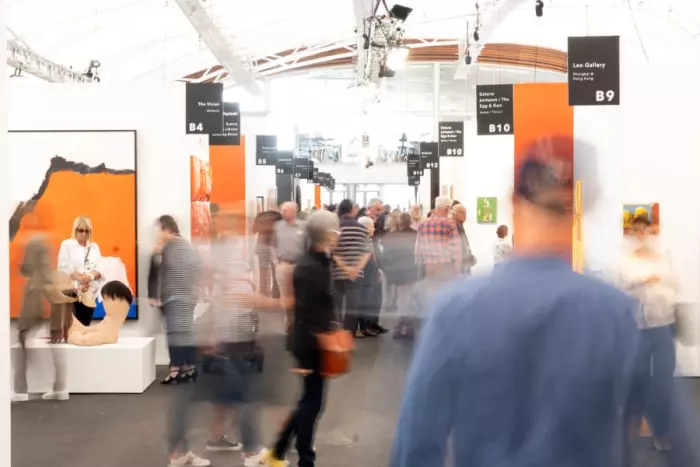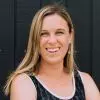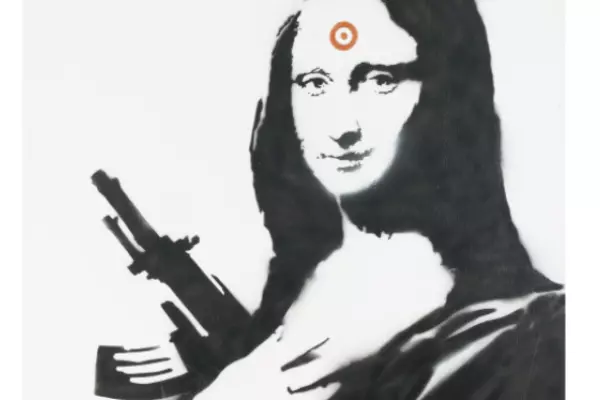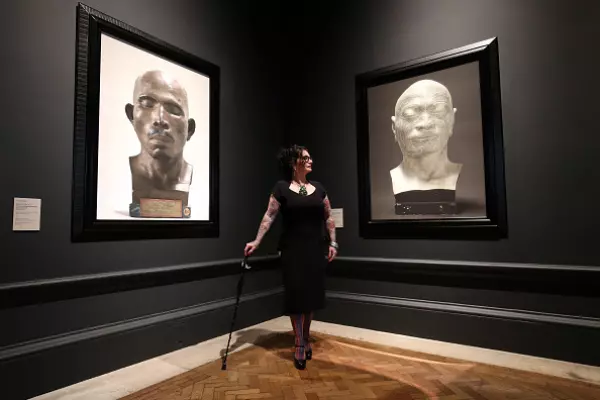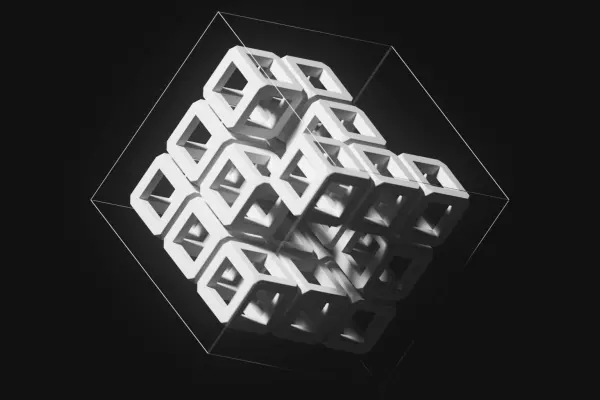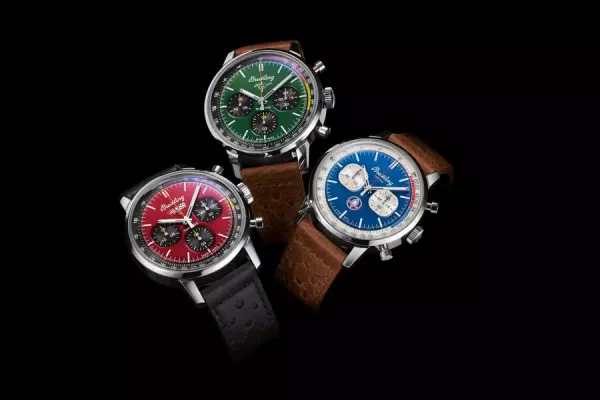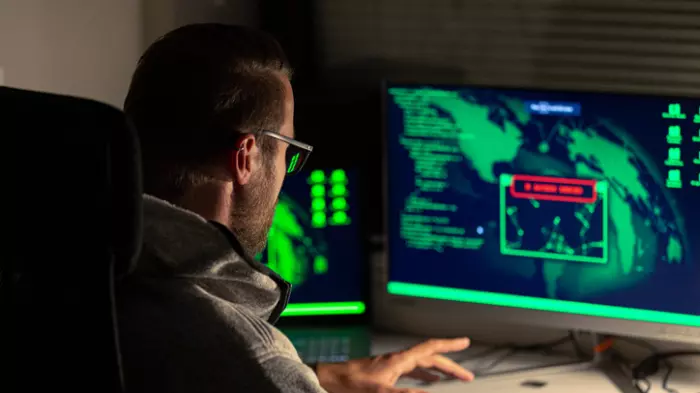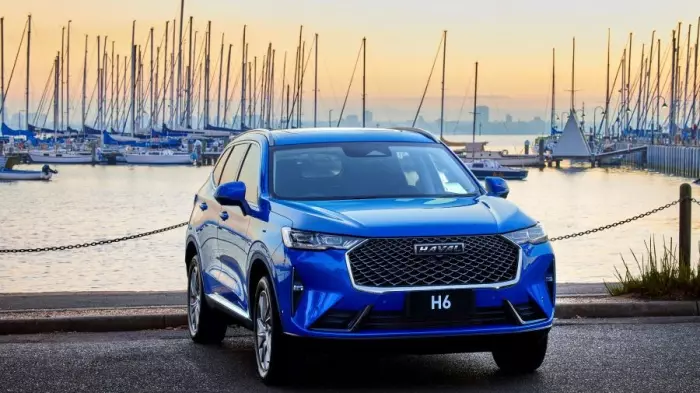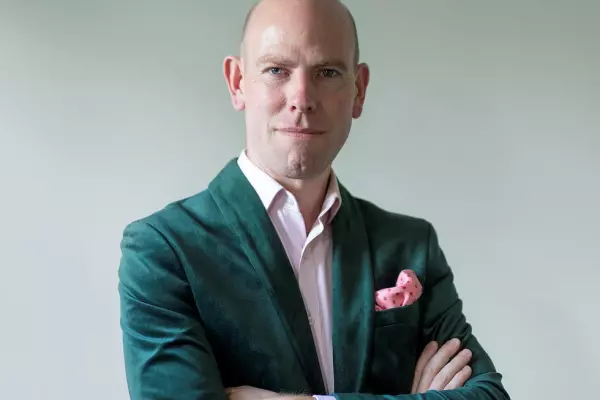Collecting art can often be an individual pursuit but an increasingly popular way to collect in New Zealand is to belong to an art-buying collective or art group. Frequently made up of a few friends or acquaintances, these offer an educational and social aspect to purchasing art that can be missed by the solo collector.
New Zealand’s first art group, the Prospect Collection, was formed in 1979 by Peter Webb – who went on to found Webb’s auction house – alongside Warwick Brown, a lawyer-turned-prominent arts writer, and Graham Reeves, a merchant banker. Prospect’s guiding principles, to engage with and promote contemporary art, are values that still hold true for many collectives in operation today, although early articles about the group and its collection often made no mention of buying for investment, which is a factor for many groups in the current environment.
The list of works the Prospect Collection acquired makes for eye-watering reading: a Visible Mysteries painting by McCahon that would be worth hundreds of thousands of dollars if sold today, a Koru Series by Gordon Walters, plus multiple works by Fomison, Hanly and Mrkusich, artists who have gone on to be giants of New Zealand art history.
An art-buying collective will usually consist of about 10 couples or individuals who each contribute a set amount annually that is pooled to buy works throughout the year. The annual contributions – set by agreement among the members – range from $1000 to $10,000 each. Each member gets a turn at being on the “buying committee” and the works are rotated around the members’ houses for display.
Additional extracurricular activities are often arranged during the life of the group, including private visits to dealer galleries and artists’ studios, and trips away to regional galleries and art fairs. The collecting period usually runs for 10 years, then the collection is auctioned either publicly or within the group.
In 2018, Jessica Pearless and Jonathan Organ, who are co-directors of art services business Paragon Matter and the Northart public gallery on Auckland’s North Shore, started the Takarunga Collective, an art group based in Devonport. Pearless wanted to connect with locals who had an interest in art but who lacked the experience or confidence to buy on their own. She says the aim of the group was to “develop a relationship and appreciation of art, to contribute to the collector pool, have a fun and interesting experience talking around art, and to support artists and their dealer galleries by buying in the primary market”.
The group jointly decided at the beginning on a collecting strategy, which was to consider artists who had a stable and sound career and were showing at reputable galleries. Gender balance within the collection was also important, and purchases have so far been at a lower price point to bolster the collection numbers, with the intention to move higher in the mid to later years of collecting. To date, the group have purchased works by Star Gossage, Georgie Hill, Jae Hoon Lee and Andrew Beck, among others, and most of their purchases have been made at art fairs, where it is easy to see works en masse and also get the members together.
Some art groups enjoy their time together so much that they have had multiple collecting cycles focusing on different media. The Stichbury Group from Auckland has just finished their third iteration and moved onto their fourth. Collecting works only by New Zealand artists, the group in their first decade concentrated on 3D works and applied arts. In their second and third cycles, they collected photography, and now they’re collecting works by emerging and established artists working across a variety of media. As well as relationships formed with dealer galleries, members have found talks by artists and visits to artists’ studios among the most rewarding and informative aspects of being involved.
For groups that are focused on the financial upside of collecting, the final sale at a public auction provides an opportunity for any gains to be realised. A 10-year collecting period can often be long enough to see growth in an artist’s career, and putting the entire collection to public auction – where members of the public as well as of the group are bidding – provides an opportunity for a financial return.
In recent years, a number of groups have sold their collections at Art + Object in Auckland. In March, for example, the Ellipses Collection put up for auction a couple of works by artists who are extremely popular on the secondary market. As well, a portrait by Jack Trolove, which had a reserve price of $10,000, sold for $17,000, and a small still-life photograph by Fiona Pardington exceeded its $7500 low estimate to realise $10,500.
For most groups, however, the most valuable part of the process is the opportunity to look at and learn about art in a fun environment. Many people who have belonged to collectives have told me they have enjoyed living with a work they wouldn’t have chosen themselves, or have had their tastes and ideas challenged by something new. Everyone has loved the personal connection that the group gives them to the artists and the art world, something they may have found difficult to foster on their own.
If you are interested in forming an art group, UK website The Collective is a good resource for basic information, although be aware that some issues aren’t applicable in New Zealand, such as the tax implications for sold works.
Briar Williams is a fine art valuer at Art Valuations NZ


